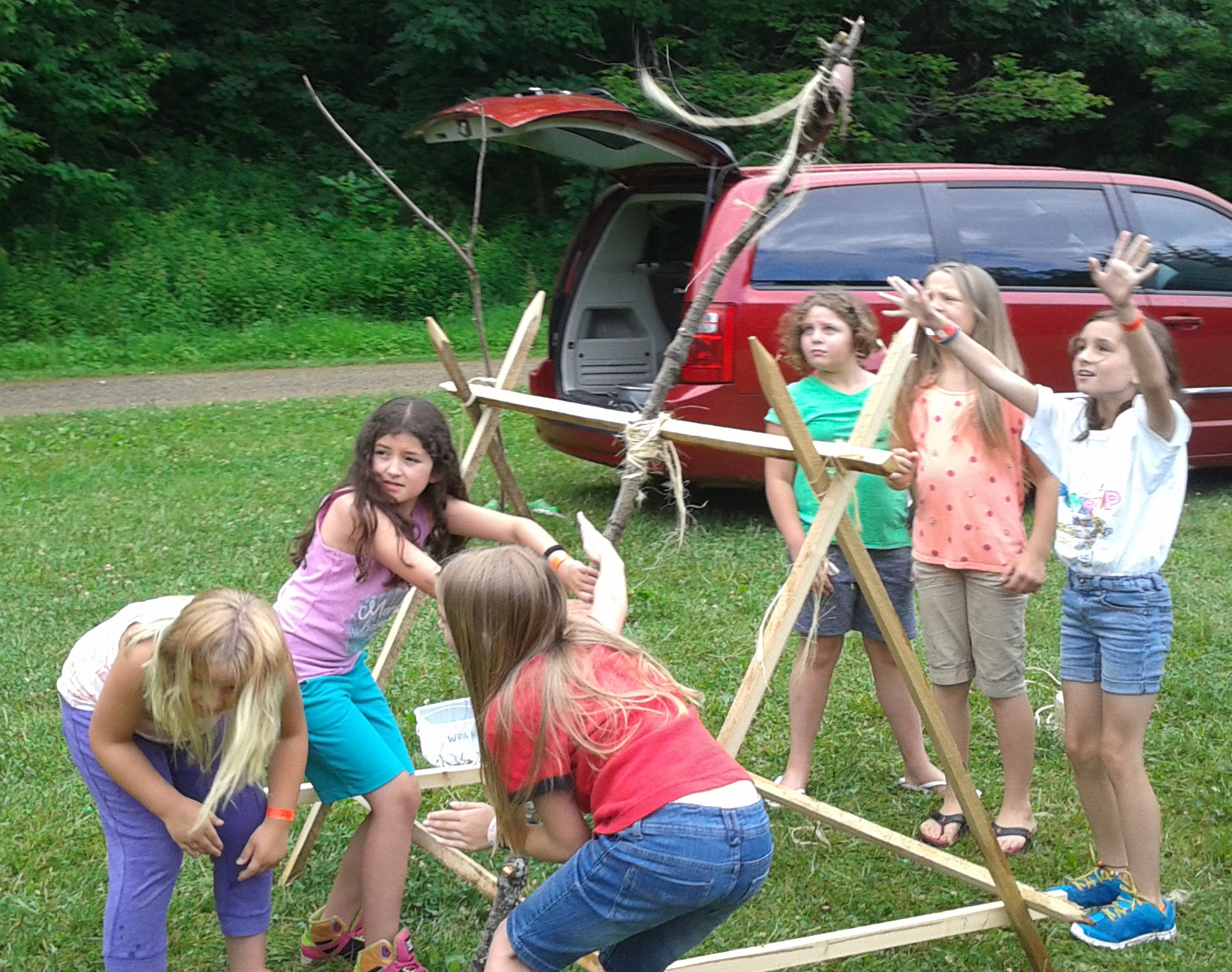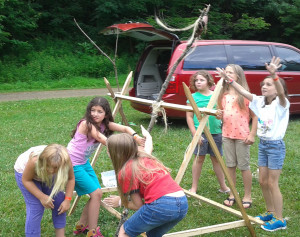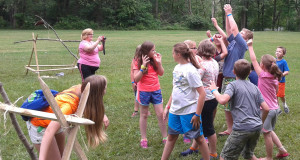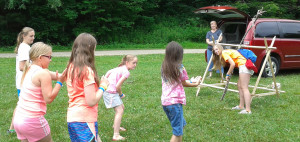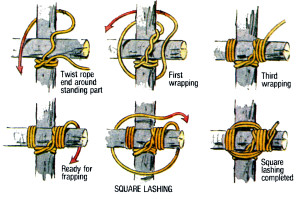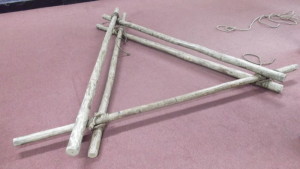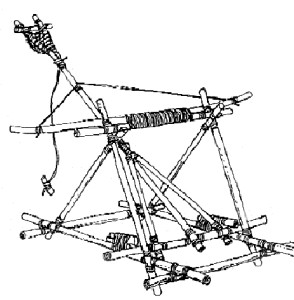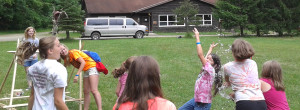Catapult your way into a fun family educational experience
While sticks and stones may break your bones, sticks and string can provide hours of fun for families looking for an outdoors activity to enjoy together.
Earlier this summer, children at a western Pennsylvania Wesleyan kids camp were introduced to homemade catapults as one of many interactive outdoor activities slated for the week.
The children got to tweak catapults made from various scrap wood, bailing twine and a few well-placed wood screws. The goal was to put on the final touches, including attaching a pouch on the throwing arm, and then to fling water balloons as far as possible.
That tinkering, merged with trial-and-error adjustments, can take a backyard catapult experience well past the realm of strict family fun and turn it into a true learning experience.
At its core, a catapult is the ultimate lever/fulcrum combination … a tool we learn about at a young age through science class and test on the playground seesaws. Taking the simplified version of this mechanism and experimenting for optimal results can lead to hours of fun learning.
For example, what happens when you extend the throwing arm longer than what you started with? What happens when you use a more limber, flexible throwing arm vs. something more rigid? What strategies are best for attaching an effective pouch at the top of the throwing arm and why do they work best? Which projectiles fly the farthest?
Before long, you can turn a recreational outdoor activity into a physics lesson.
Creating catapults for me personally dates back to my Scouting days via a junior leadership training course that was, back then, named Brownsea. We’d be required to carry staves — or walking sticks — as part of our equipment during the week. The troops would then be told to create catapults by lashing together the staves. It was an activity that tested our pioneering skills, but also offered a neat lesson on everyone contributing a piece to the common project.
You can skip the square lashings for wood screws if timing is tight, but from personal experience, there is no substitute for well-lashed catapults. Not only do they provide a more complete sense of pride when completed, but they really do work better.
There are countless ways to construct a catapult based on what you have available. The tried-and-true method of lashing together a pair of A-frames and then adding crossbars and a throwing arm seems to be the easiest, most efficient method, but I’ve also seen effective tripod-based catapults. Again, there is plenty of room for trial-and-error exploration.
The square lashing is sufficient for putting together the catapult. Many of the stalwart pioneering folks would argue that a diagonal lashing is better for building A-frames, but for me, square lashings work just as well, especially if you cinch them up tight while you tie them.
Check out the square lashing diagram above. We’ve always used baler twine to lash the pieces together. You can get a nice-sized role of twine at any farming supply store or even craft shops.
Two A-frame structures form the backbone of your catapult. These will provide the legs and the overall structure stability will rest in these pieces being built well.
The two A-frames are then merged with at least two crossbars at the bottom front and back of the catapult. The front bar can, in simple catapults, double as the breaker bar, so you’ll want to use a heavier-gauge piece of wood. The breaker bar is the piece the throwing arm (or Y-stick) hits, causing your projectile to fling out of the pouch.
Across the top of the two A-frames, you’ll want to lash in a thicker well-rounded piece of wood that will act as the fulcrum for your throwing arm. The throwing arm is a longer stick with a Y-branch at the end. This gives the perfect place for a pouch where your projectile will rest until the catapult is put in motion. Again, tweaking the length and suppleness of the throwing arm can create huge changes in how your catapult fires.
Again, this is a fairly simplified tutorial of the catapult … and realistically from there it is better to let the imagination run wild with upgrades, tweaks and changes to improve your throwing efficiency.
If you get a chance to play around with a few catapults, feel free to share what works best for you.

